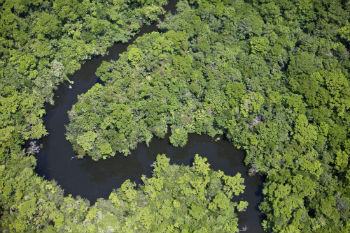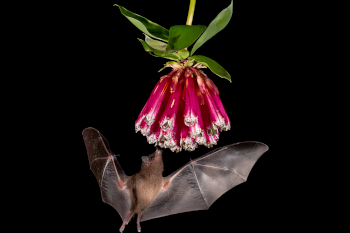Main menu
CEPF is a joint initiative of l’Agence Française de Développement, Conservation International, the European Union, Fondation Hans Wilsdorf, the Global Environment Facility, the Government of Canada, the Government of Japan and the World Bank. A fundamental goal is to ensure civil society is engaged in biodiversity conservation.
Visitez le site français コア情報の日本語翻訳を読むOr use Google Translate to translate the English site to your language:
GTranslate
CEPF Plans New Funding for Conservation in the Mediterranean Basin
CEPF will begin planning a new multi-million-dollar round of funding for conservation of the Mediterranean Basin Hotspot following a January 2016 decision by the CEPF Donor Council.
27 January 2016
27 January 2016
The Critical Ecosystem Partnership Fund (CEPF) will soon begin planning a new multi-million-dollar round of funding for conservation of the Mediterranean Basin biodiversity hotspot following a January 20, 2016, decision by the CEPF Donor Council.
This new funding will mark the second phase of granting in the Mediterranean Basin Hotspot for CEPF, which is in the midst of a $10 million, five-year program dedicated to support civil society organizations working on biodiversity conservation in the region. The Mediterranean Basin Hotspot is one of 36 biodiversity hotspots, which have been identified as the most biologically rich yet threatened terrestrial areas in the world. These regions are important not only for the rich variety of life they support, but also for the vital services they deliver to humanity, including provision of fresh water, fertile soil, medicines, pollinators, and defense against and adaptation to the impacts of climate change.
The first step toward the new round of investment in the Mediterranean Basin will be the production of an update to CEPF’s ecosystem profile for the hotspot. This document will assess the status of the nature and socioeconomic conditions of the hotspot and set a strategy for the new granting phase from CEPF in the 34-country region that includes parts of Europe, the Middle East and North Africa.
“This is great news for the vast array of plant and animal species that make the Mediterranean Basin their home; for all the organizations committed to the preservation of the region’s fantastic nature; and for the people who rely on that nature for water, food and livelihoods,” said Olivier Langrand, executive director of CEPF.
A few examples of species CEPF’s grantees are helping to protect include:
- The world’s largest pelican species, Dalmatian pelican (Pelecanus crispus)
- Entirely cave-dwelling aquatic salamander known as olm or proteus
- Ancient cedar forests
- Sea turtles
- Irises
- The region’s only primate species, the Endangered Barbary macaque (Macaca sylvanus)
- A new species of snail, Bythinella melovskii, discovered recently in Macedonia by CEPF grantees.
The CEPF Secretariat will soon launch a call for proposals for the profile update, which is expected to take place between May 2016 and January 2017, and will include an extensive consultation of stakeholders involved in biodiversity conservation in the region. The CEPF Donor Council will then review documents and decide upon the amount of funds to dedicate to this new phase, which is tentatively expected to start in mid-2017.





